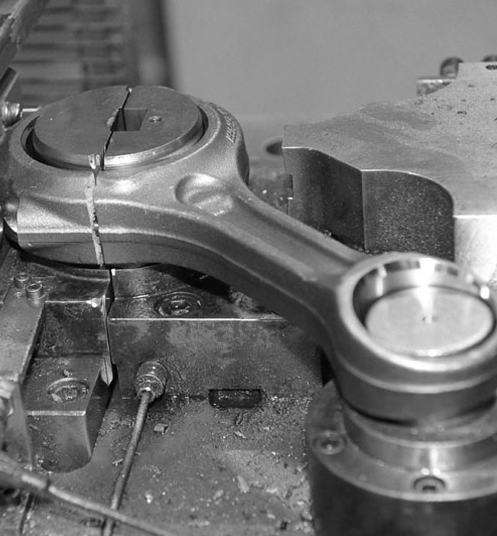The number of connecting rods in an engine corresponds directly to the number of cylinders that the engine has. In other words, for every cylinder, there is one connecting rod. Therefore, a four-cylinder engine has four connecting rods, a six-cylinder engine has six, and so forth.
Understanding the Role of Connecting Rods
The connecting rods are vital components in an internal combustion engine. They connect the pistons to the crankshaft, converting the reciprocating motion of the pistons into the rotational motion of the crankshaft. This conversion of motion is what ultimately drives the vehicle.
Variations in Engine Design
Different engine designs and configurations come with differing numbers of cylinders. For instance, common passenger vehicles typically feature four-cylinder engines, hence they have four connecting rods. High-performance cars, larger vehicles, and certain types of commercial vehicles often have six-cylinder or eight-cylinder engines, meaning they contain six or eight connecting rods, respectively.
Impact of Connecting Rods on Engine Performance
The number of connecting rods (and by extension, the number of cylinders) in an engine has a significant impact on its performance. More cylinders typically result in smoother operation and increased power, due to the higher frequency of combustion events. However, more cylinders also mean more connecting rods, which can add to the weight and complexity of the engine, potentially reducing fuel efficiency.

Failure and Replacement of Connecting Rods
Connecting rods are built to be robust and durable, capable of withstanding the high forces and temperatures within an engine. However, like all mechanical components, they can fail over time, especially if subjected to extreme conditions or poor maintenance. A failed connecting rod can lead to serious engine damage. Therefore, regular inspection and maintenance, and replacement when necessary, are crucial to the longevity and performance of the engine.
In conclusion, the number of connecting rods in an engine is directly tied to its design and performance characteristics. They play a pivotal role in the operation of the engine, and understanding their function can provide valuable insight into the inner workings of a vehicle’s powerplant.